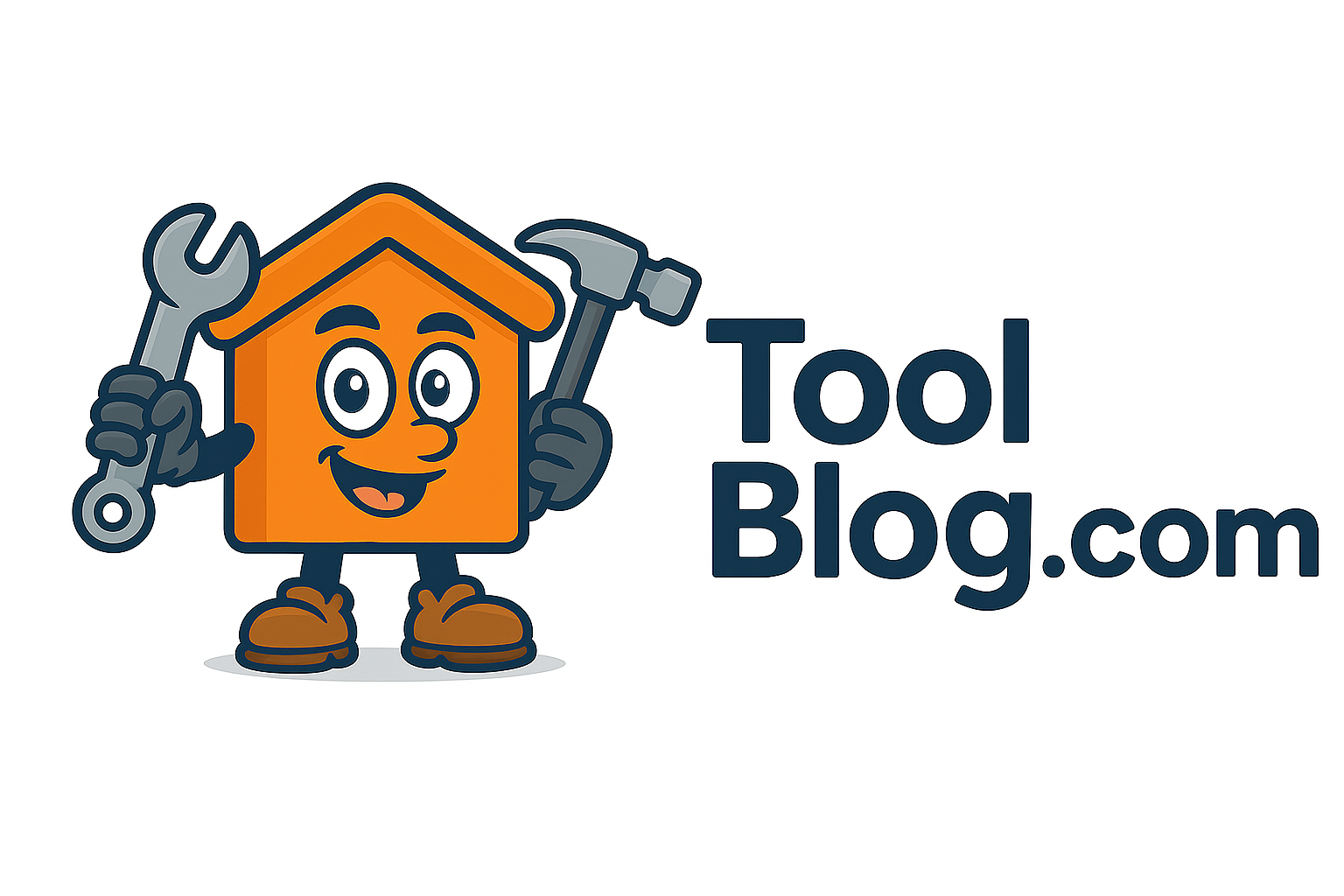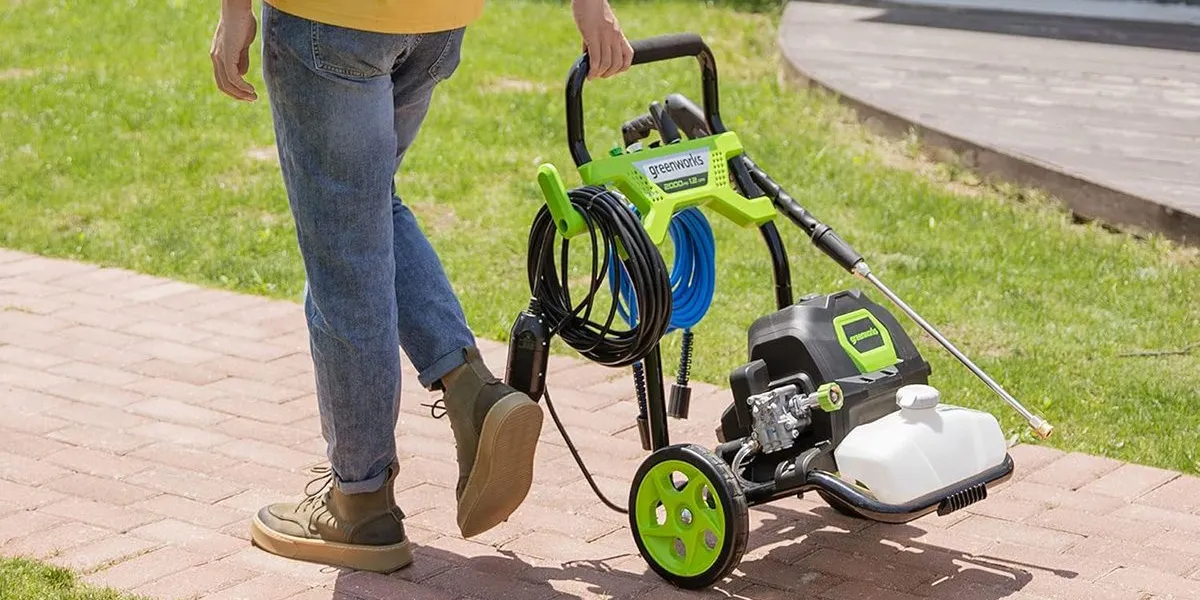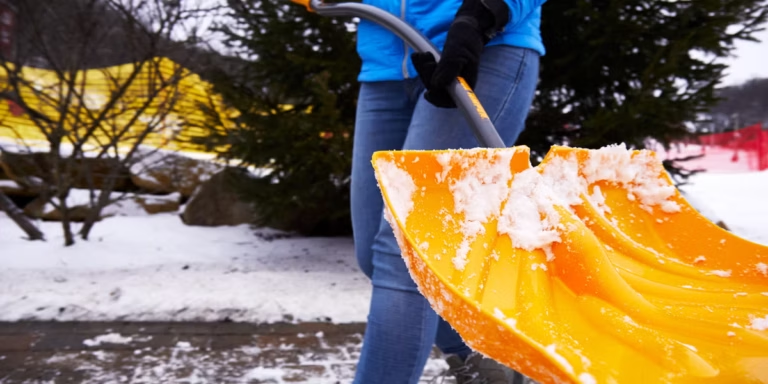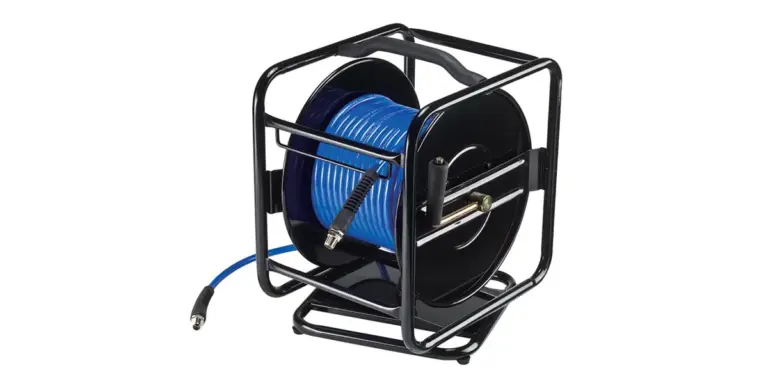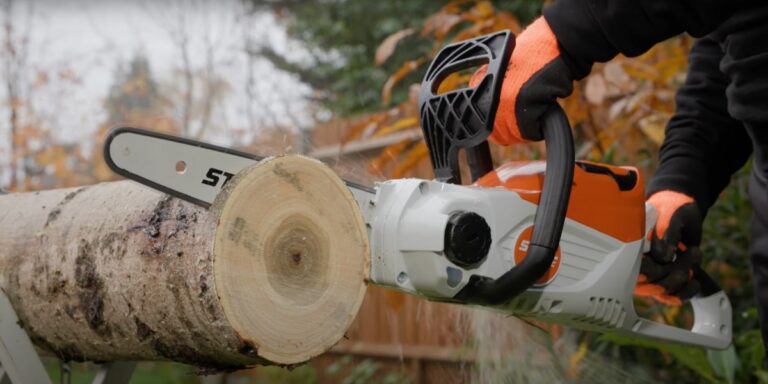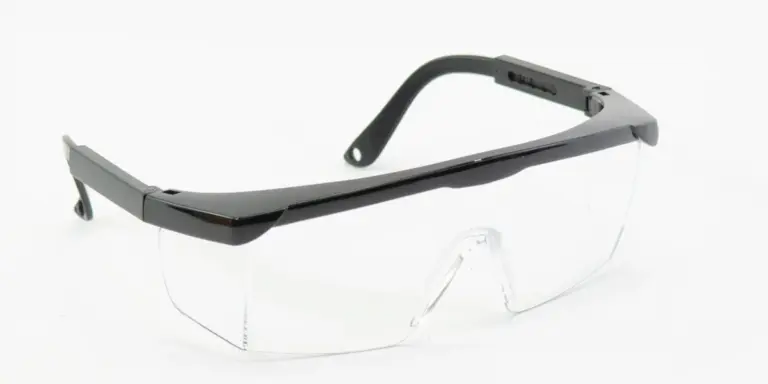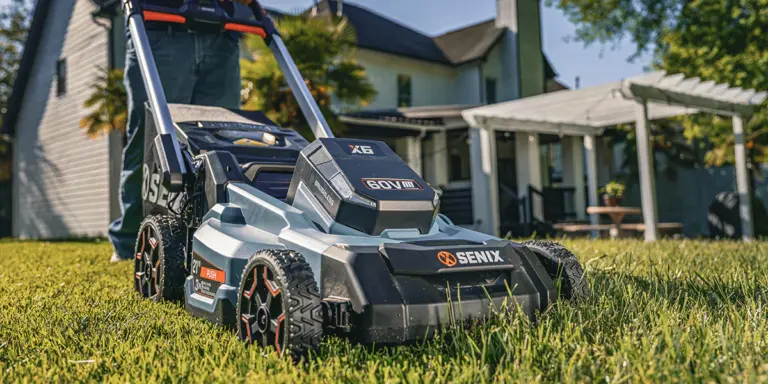How to Choose the Right Pressure Washer
Selecting a pressure washer may seem like a simple decision at first, but the deeper I got into the options, the more I realized how critical the right choice can be. Whether I’m cleaning my patio, prepping a fence for paint, or blasting grime off my car’s tires, having the correct machine makes the job more efficient, less frustrating, and far more effective.
There are so many different types, models, power levels, and features on the market that it’s easy to buy the wrong one. I’ve used electric and gas models, light-duty and commercial-grade, and every combination in between. Some were too weak for the tasks I needed. Others were complete overkill. Through trial and error, I figured out how to match the right pressure washer to each job—and that’s what I want to share here.
If you’ve ever asked yourself how to choose the right pressure washer, you’re not alone. Let’s go through everything I’ve learned—broken down by power, water pressure, usage type, attachments, and more.
Know What You’re Cleaning
Before looking at brands or features, I had to think about what I’d actually be using the washer for. Was it primarily for light cleaning like garden furniture and cars? Or was I planning to tackle driveways, siding, and mildew-covered decks?
When it comes to pressure washers, power level matters—and more isn’t always better. Using a high-powered washer on soft surfaces can cause damage, while underpowered models struggle with heavy-duty grime. That balance became a major factor in how to choose the right pressure washer.
Small tasks like washing a bike or grill only need 1300 to 1800 PSI. Medium-duty jobs like cleaning patios or fences require around 2000 to 2800 PSI. For serious tasks like paint prep or deep concrete cleaning, I go above 3000 PSI.
Electric vs. Gas: Which Is Best?
This choice might be the biggest fork in the road for any DIYer. I started with an electric pressure washer and eventually added a gas model to my tool lineup, and they both have their strengths.
Electric pressure washers are quieter, lighter, and easier to maintain. They’re ideal for quick weekend jobs around the house. I plug mine in, attach the hose, and I’m cleaning in under five minutes. There’s no messing with fuel, oil, or pull cords. However, they usually top out at around 2000 PSI, so they struggle with really tough cleaning.
Gas-powered pressure washers, on the other hand, pack a punch. With higher PSI and gallons-per-minute ratings, they make short work of driveways, garage floors, and home exteriors. Mine can run for hours and doesn’t need a power outlet, which is great for remote or large properties. The trade-off is more maintenance, more noise, and greater weight.
When deciding how to choose the right pressure washer, the power source comes down to job intensity and convenience. I use electric for maintenance and gas for restoration work.
PSI and GPM: What the Numbers Mean
PSI (pounds per square inch) measures water pressure. GPM (gallons per minute) measures water flow. I quickly learned that both numbers matter. You need enough pressure to break the bond between surface and grime, but you also need enough water flow to wash it away.
A low PSI with high GPM will flood a surface without much cleaning power. High PSI with low GPM will blast a tiny area clean while taking forever. Most consumer-grade electric models sit around 1.2–1.5 GPM and 1600–2000 PSI. My gas unit clocks in at 2.5 GPM and 3000 PSI—and you can feel the difference instantly.
For general household use, I find that 2000 PSI and 1.4 GPM offer the right balance. But when you’re making your decision on how to choose the right pressure washer, always weigh both specs together.
Key Attachments and Nozzles
Pressure washers are only as good as the tips and tools that come with them. Early on, I had no idea what the different colored spray nozzles did. But after testing each, it became clear: nozzle choice affects performance as much as PSI.
Here’s how I break it down now:
- 0-degree (red): A pin-point stream for tough stains—use with caution
- 15-degree (yellow): High-powered for concrete and brick
- 25-degree (green): General-purpose cleaning
- 40-degree (white): Gentle wash for cars, windows, siding
- Soap nozzle (black): Low pressure for applying detergent
Some washers also come with turbo nozzles or surface cleaners. Those are absolute time-savers for big jobs like patios or garage floors. The right attachments not only improve results—they protect your surfaces. So for anyone figuring out how to choose the right pressure washer, make sure to factor in what tools come in the box.
Hose Length and Cord Reach
It’s easy to overlook hose length and power cord range, but they matter more than I expected. My first electric washer came with a 20-foot hose and 25-foot cord. Sounds fine, but once I started cleaning my SUV or reaching across the deck, it became a hassle to reposition constantly.
Now, I always check for at least a 25-foot hose, and I prefer 35 to 50 feet if possible. For gas units, you’re only limited by the hose, but for electric, cord length can be the deciding factor between convenience and frustration. Extension cords aren’t always safe with high-powered washers, so getting it right upfront is important.
When narrowing down how to choose the right pressure washer, a long hose and generous cord make life easier, especially for outdoor cleaning where outlets are scarce.
Portability and Storage
Another big thing I consider is how easy the washer is to move and store. Electric units are usually compact and lightweight. I can carry mine one-handed and tuck it away under a shelf in the garage. It’s perfect for small-space storage.
Gas washers, especially the ones with steel frames and larger engines, take up more room. Some weigh over 60 pounds and need sturdy wheels for mobility. I added a set of pneumatic tires to mine just to get it across the gravel path to the back yard.
Think about your space before deciding. If you live in an apartment or have limited storage, a slim electric model is the better bet. If you have a dedicated tool shed or garage, you’ll have room for a larger gas unit. This consideration definitely factors into how to choose the right pressure washer for long-term use.
Detergent Systems
Soap makes a huge difference on greasy or heavily soiled surfaces. Some washers come with a built-in detergent tank, while others require a separate siphon system. I find built-in tanks easier to use—they streamline the process and let me switch between rinse and soap modes without interruption.
However, I’ve used siphon-fed units too, and they work well with bulk detergent containers. The key is to make sure your washer is rated for soap use. Not all nozzles and pumps handle it properly, and some can clog or degrade over time.
If you’re planning to clean vehicles, vinyl siding, or oily concrete, make sure the washer has a reliable soap delivery system. That makes all the difference when you’re figuring out how to choose the right pressure washer for full-service cleaning.
Budget and Value
I’ve tested units that cost under $100 and others that were nearly $700. The truth is, you get what you pay for—but that doesn’t mean you have to overspend. If you only plan to clean the patio and wash the car, a quality electric model between $150 and $250 is more than enough.
If you’re regularly cleaning large areas or using your washer for work, you might want to invest in a professional-grade unit. Those typically run from $300 to $600. They offer more PSI, longer run times, and better durability.
It’s tempting to go for the highest specs, but that can lead to buying a machine that’s too powerful and difficult to use. The best pressure washer is the one that fits your real-world needs. Keeping that mindset helped me focus on what matters when deciding how to choose the right pressure washer.
Brands I Trust
Over time, a few brands have stood out in terms of reliability and support. I’ve had great experiences with models from:
- Sun Joe: Affordable and compact for beginners
- Greenworks: Great electric models with solid power
- Simpson: My go-to for gas-powered strength
- Ryobi: Balanced electric and gas offerings with accessories
- Generac: Durable gas units with pro-level performance
Choosing the right pressure washer doesn’t just come down to numbers. Customer service, warranty, and replacement part availability matter too. I’ve learned to stick with companies that stand behind their tools and make repairs easy.
My Personal Take
After using dozens of washers, here’s how I break it down for anyone still trying to figure out how to choose the right pressure washer:
- Go electric if you’re doing light to medium-duty cleaning
- Go gas if you need raw power and mobility
- Stick to around 2000 PSI and 1.4 GPM for most home uses
- Always check the included nozzles and hose length
- Don’t overspend on features you won’t use
I keep both an electric and gas model because they serve different purposes. My electric washer handles 80% of jobs around the house—quietly, quickly, and without fuss. My gas unit is there when I need serious scrubbing power.
Final Thoughts
Deciding how to choose the right pressure washer comes down to asking the right questions. What do you need to clean? How often will you use it? Where will you store it? Answer those, and you’re halfway there.
Pressure washers are powerful tools that can transform your outdoor spaces. With the right machine in your hands, grime doesn’t stand a chance. Whether you’re blasting away years of dirt from your driveway or gently cleaning your siding, choosing the correct washer is about matching your needs to the right specs, features, and power source.
I’ve learned that the best choice isn’t necessarily the most expensive one—it’s the one that does the job without complication. Hopefully, this guide helps you feel confident in making that decision and gets you on the path to cleaner, easier DIY projects around the house.
